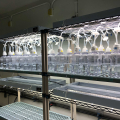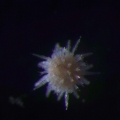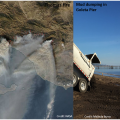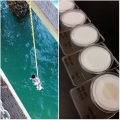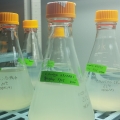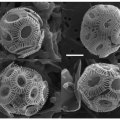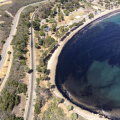Recent concern about the fate of CO2 and its effect on warming has prompted the marine community to focus their attention on ocean carbon dioxide removal (CDR) methods. Ocean alkalinity enhancement (OAE) has been proposed as an ocean CDR approach to permanently remove carbon dioxide from the surface ocean whilst also mitigating ocean acidification. Our work centers around assessing the effectiveness of CO2 removal and how the various methods we apply impact the functioning and health of marine ecosystem focusing on photosynthetic organisms. Our results from laboratory and macrocosm experiments inform research strategies to move into field deployments in the near future.


